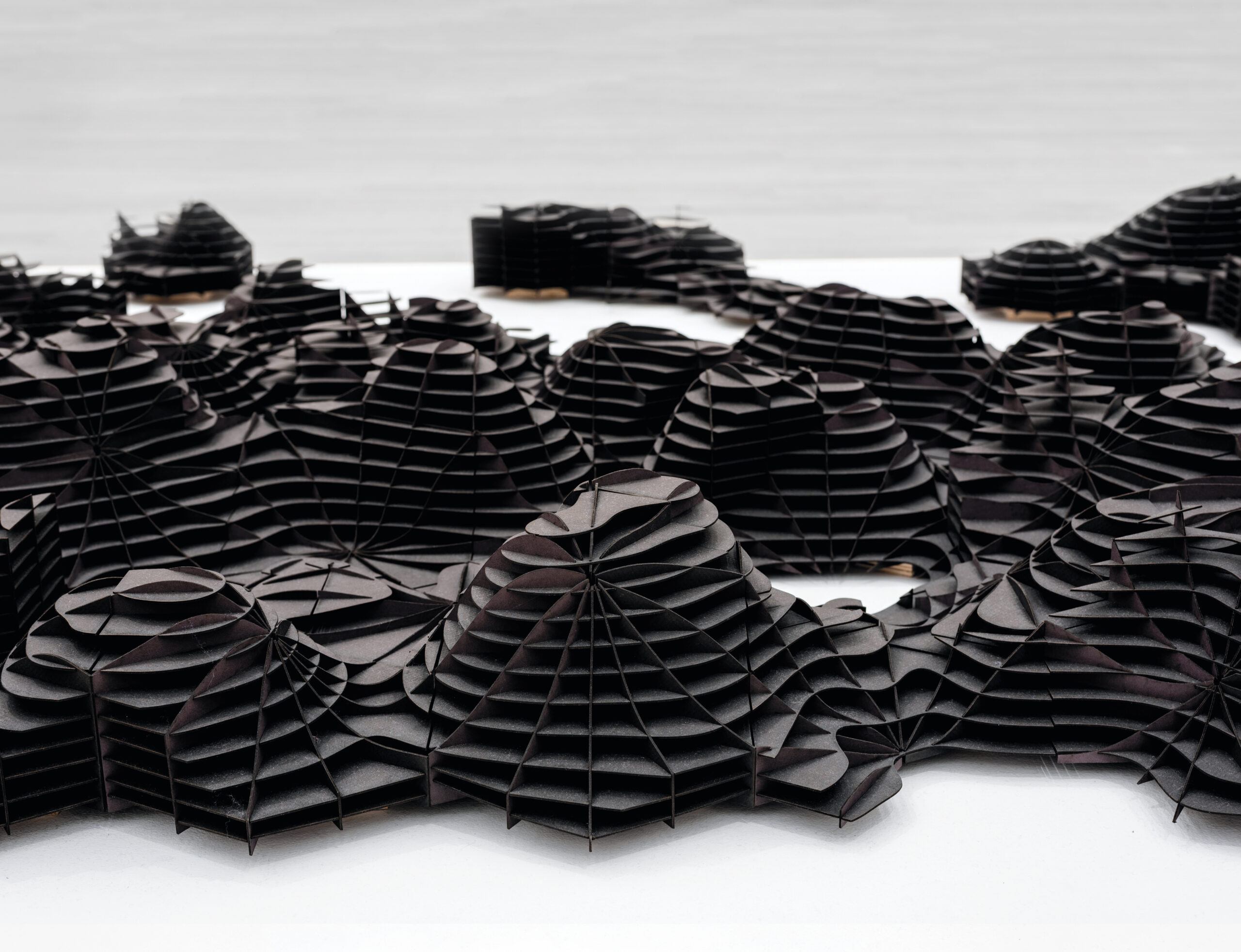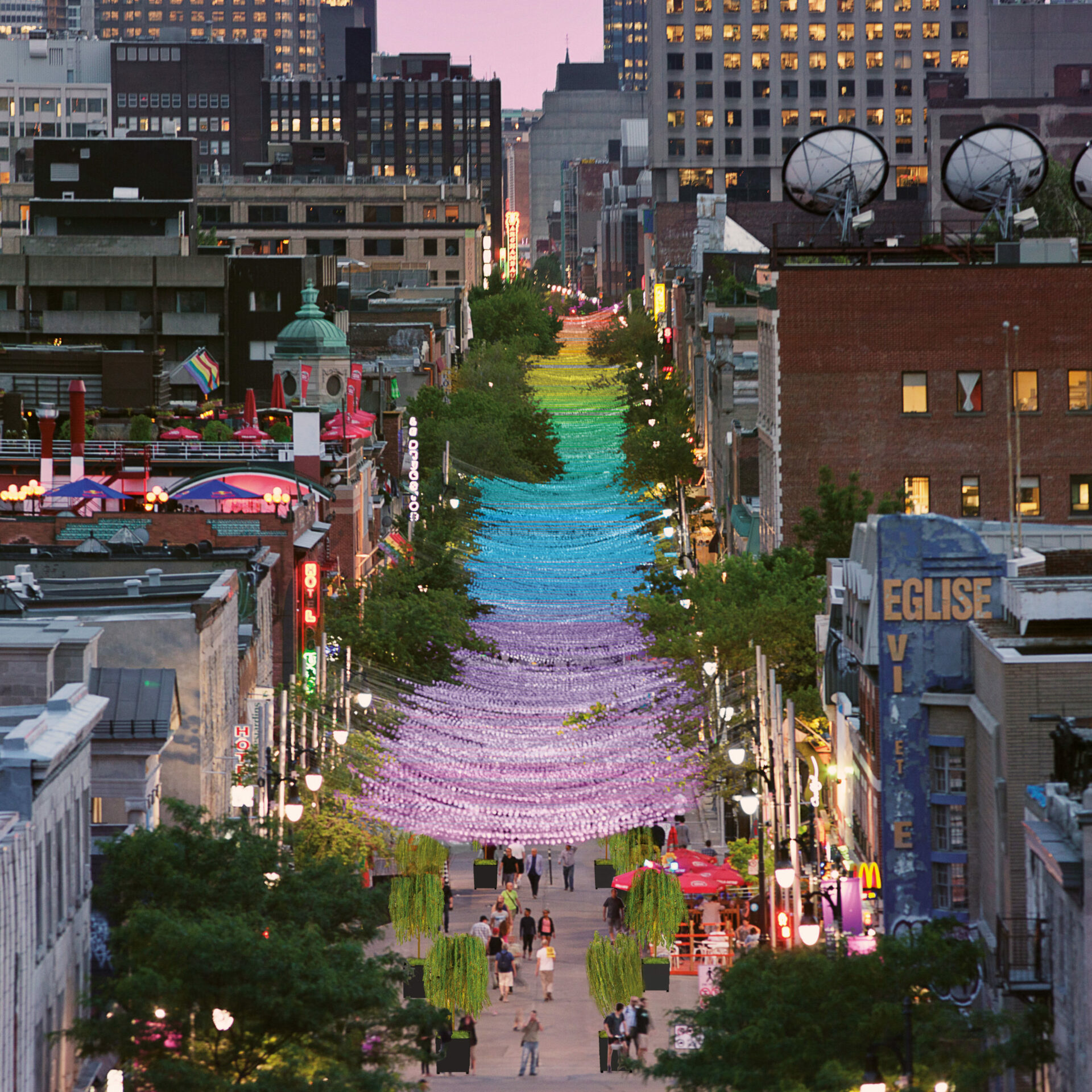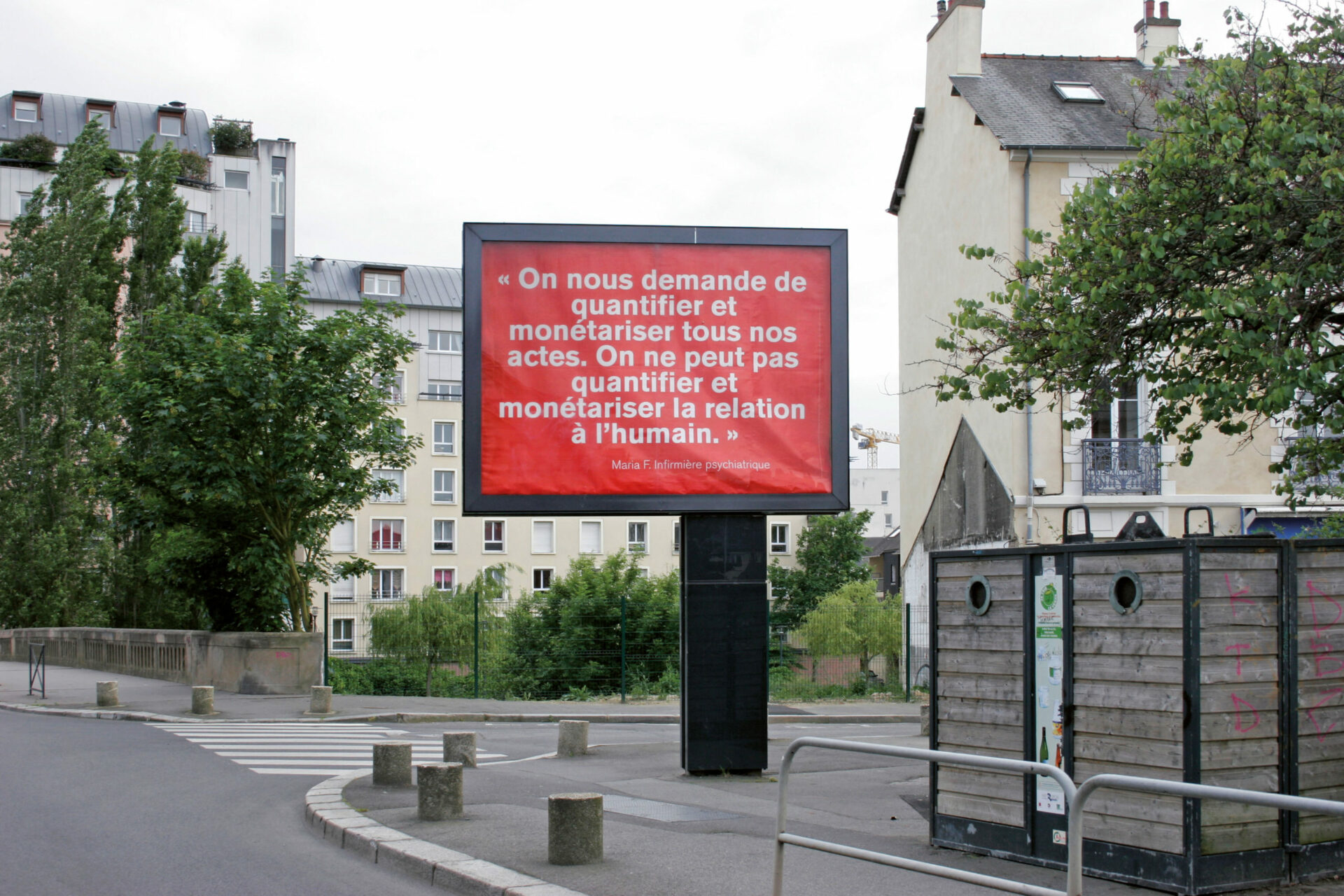
Photo: Mateo Serna Zapata,
courtesy of the artist
Breathing Underwater: Charles Campbell’s Breath Archives
All this is aesthetically stunning, though somewhat intangible, initially, and it could remain so without recourse to specifics: the linear forms of the hanging sculpture, for example, correspond to bathymetric readings of the Atlantic’s seafloor at the precise point where the African and North American tectonic plates meet. The coloured aluminum panels are audio spectrograms rendered from sound recordings of the breath of Campbell’s friends, colleagues, and community. Through a sophisticated blend of sound, light, form, and colour, the installation conjures two commensurately unrepresentable subjects: the abyssal depths of the ocean floor as a space both imagined and specific, and the unfathomable losses of life that occurred during the Middle Passage.




